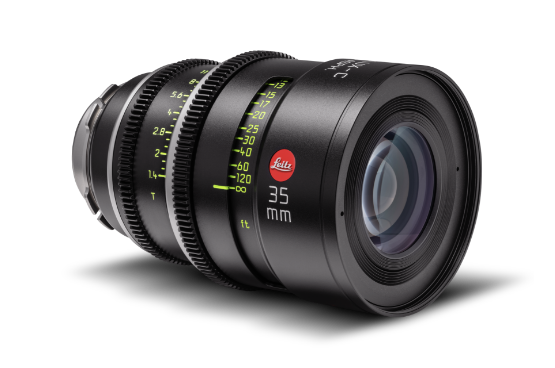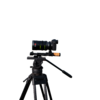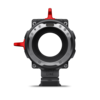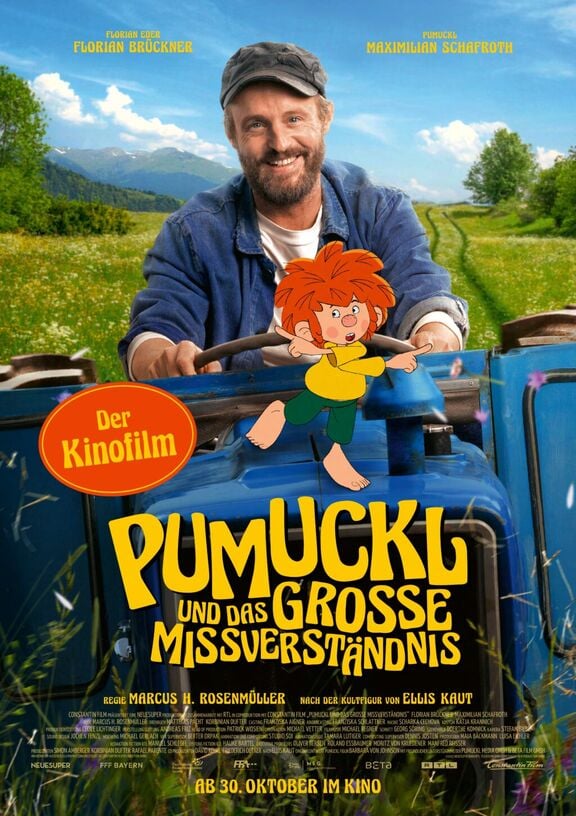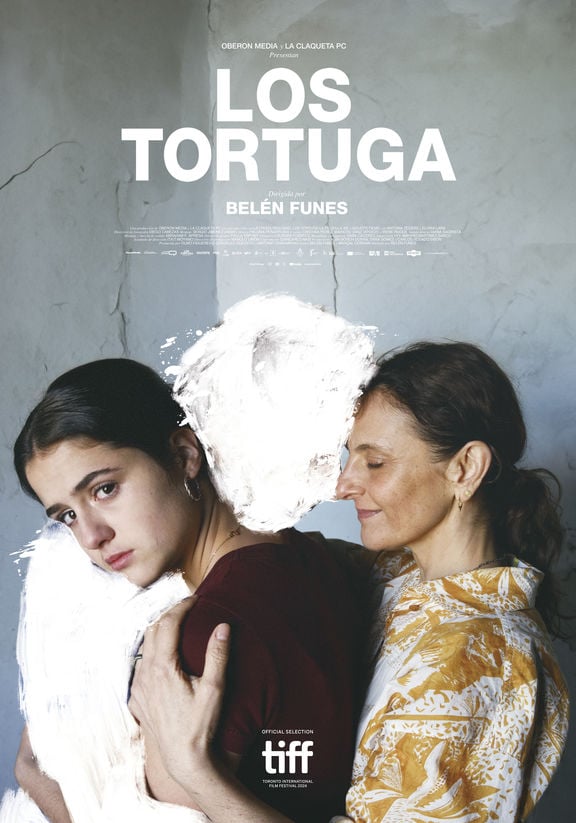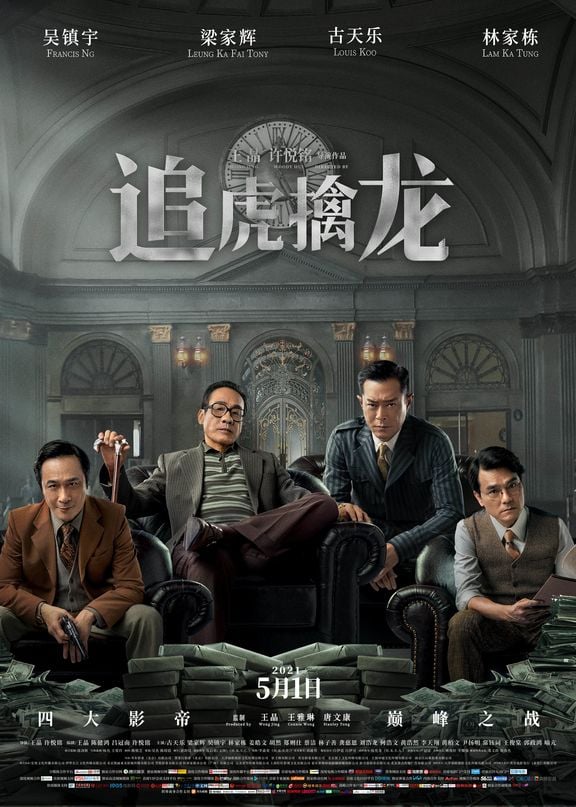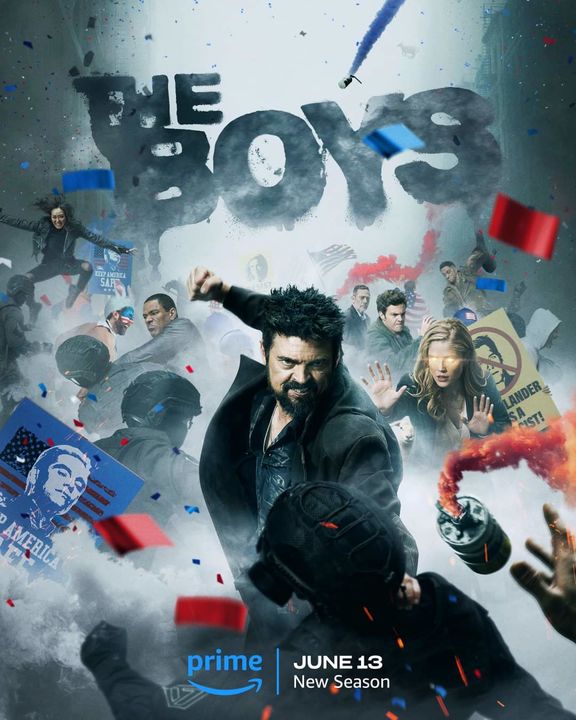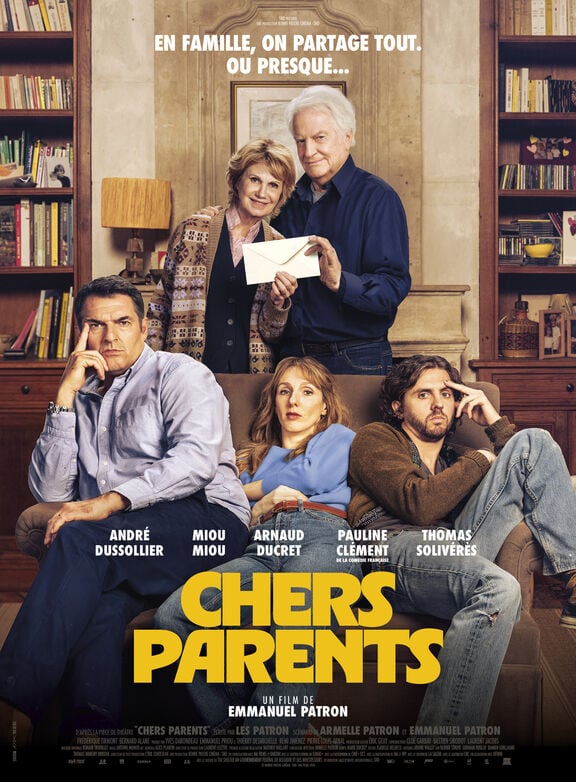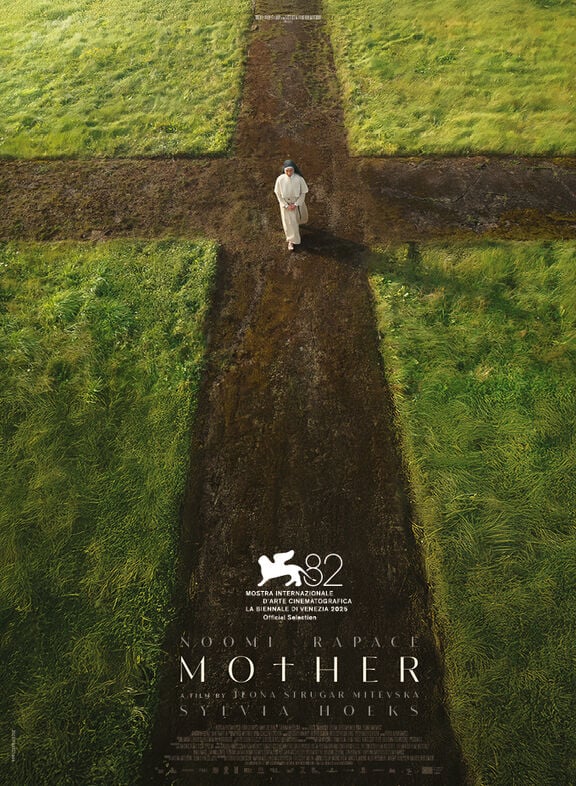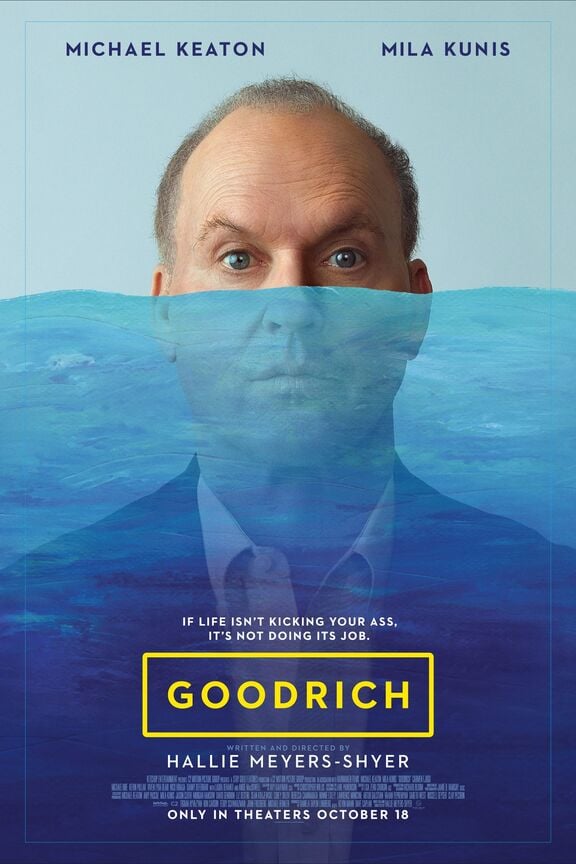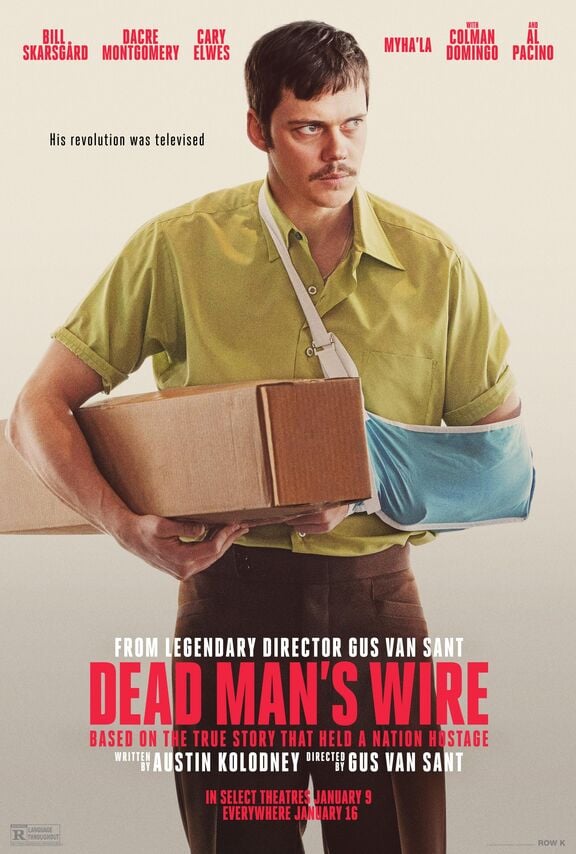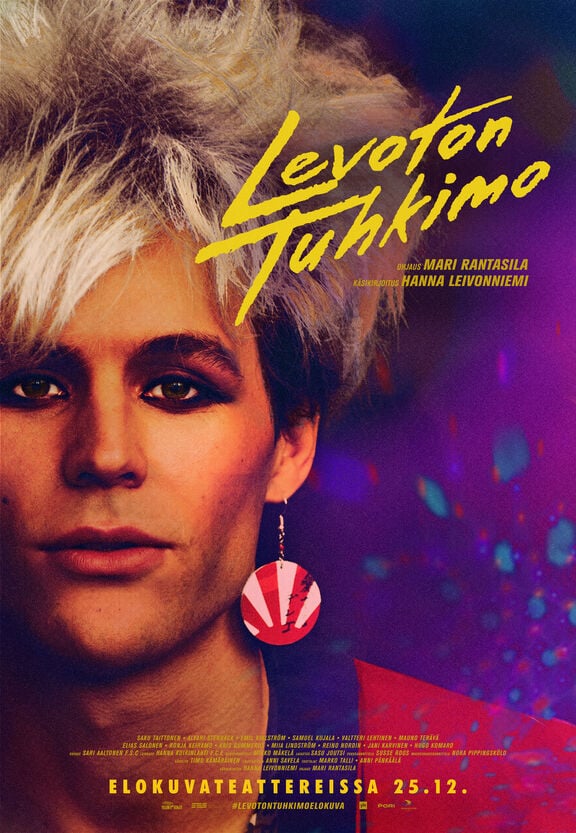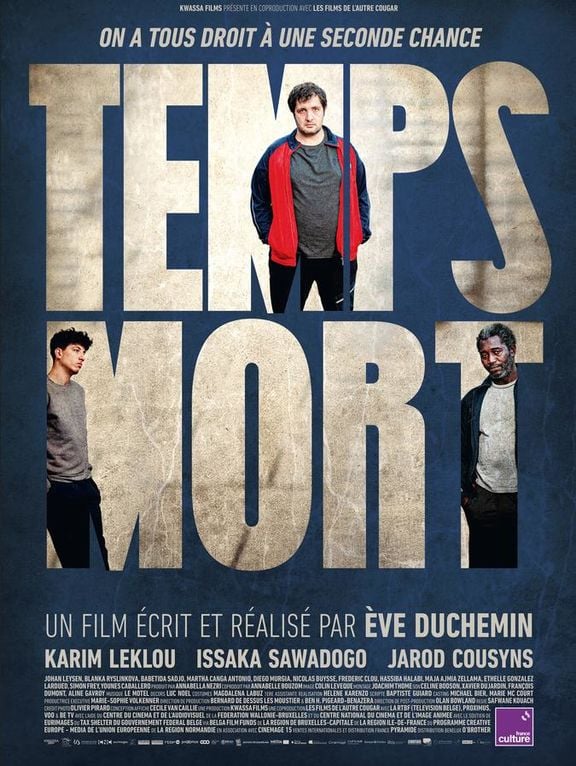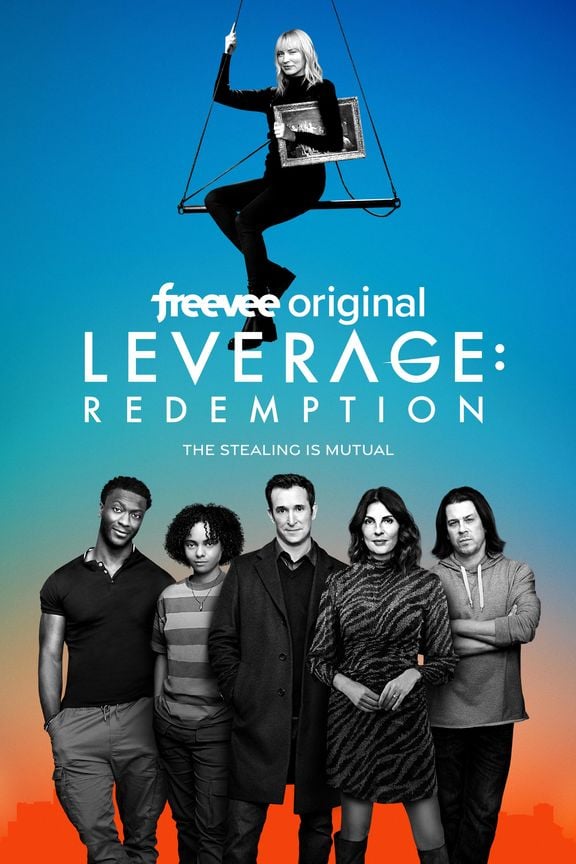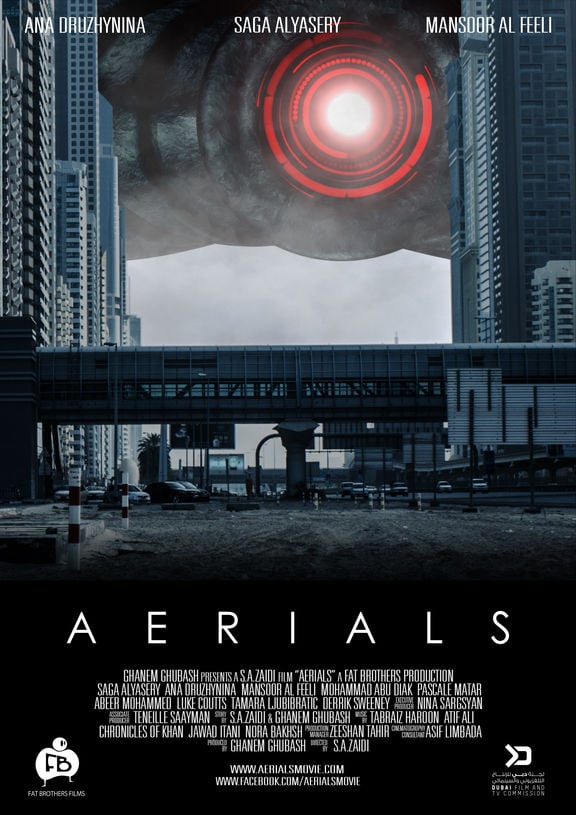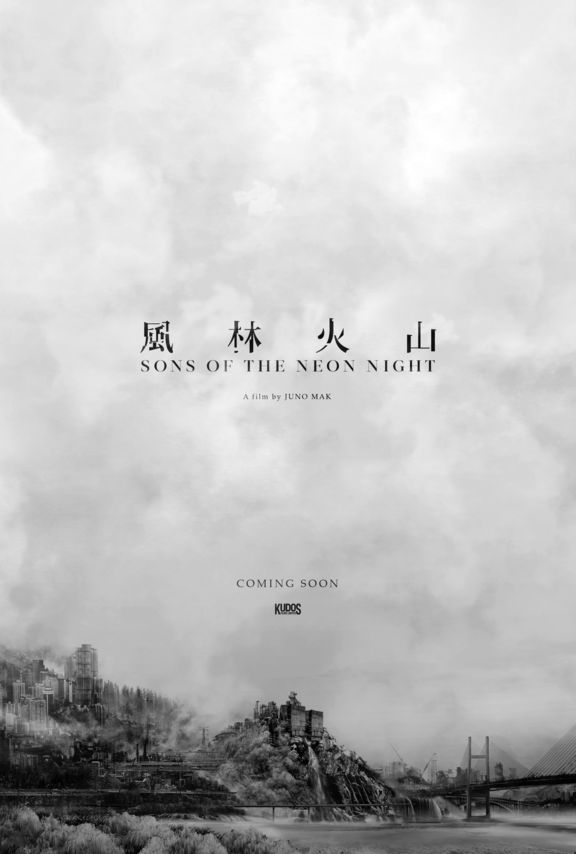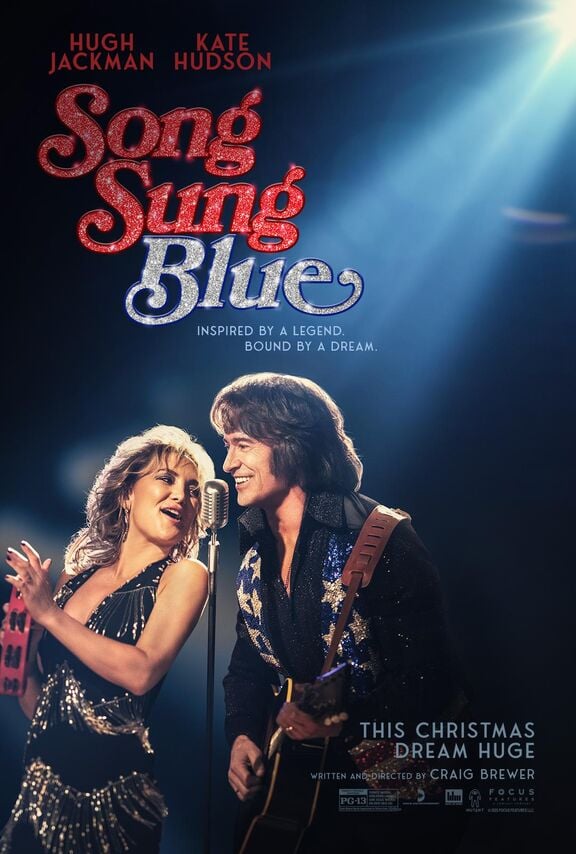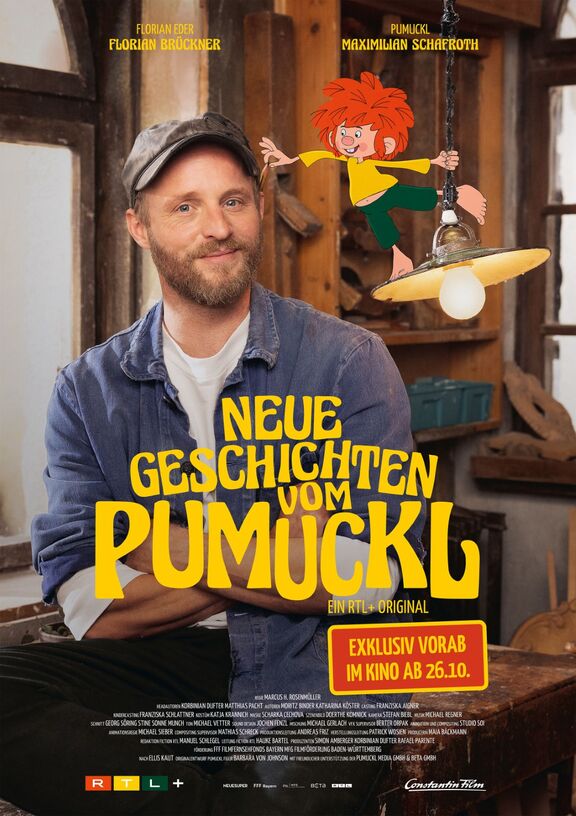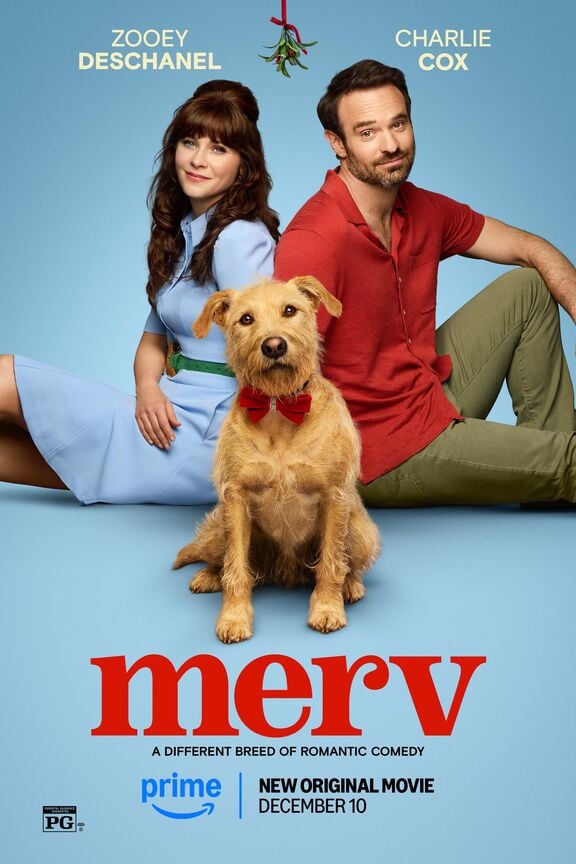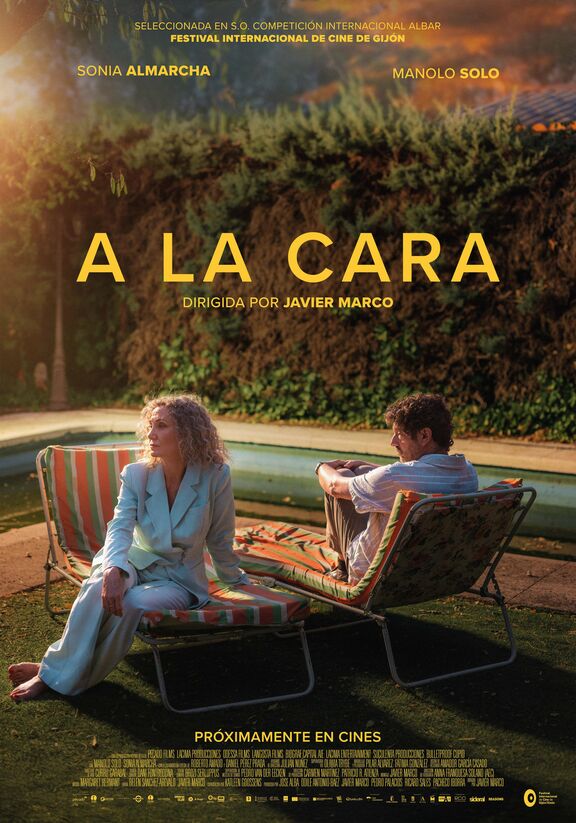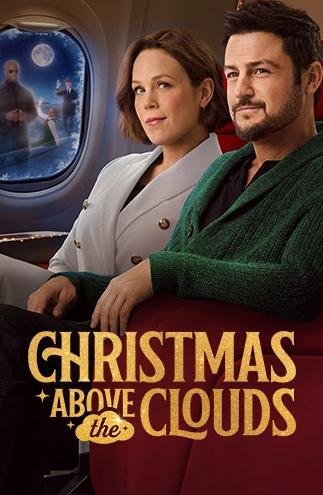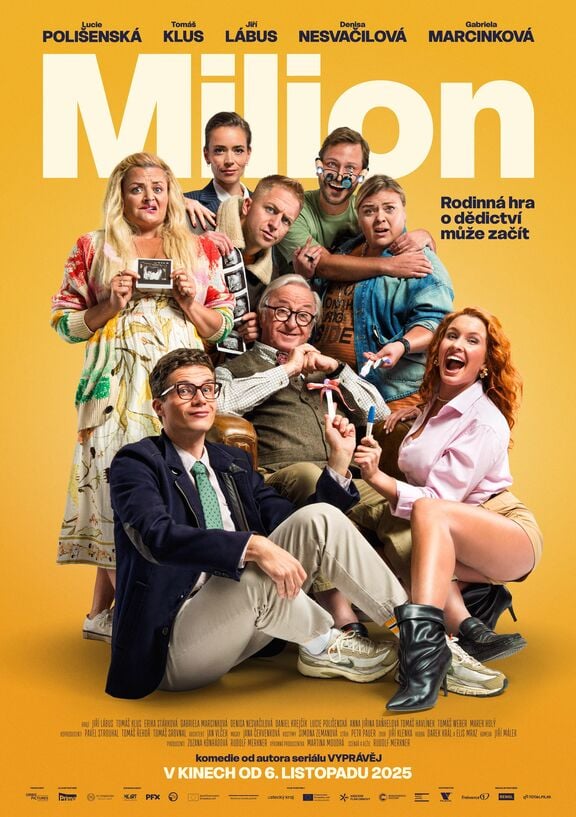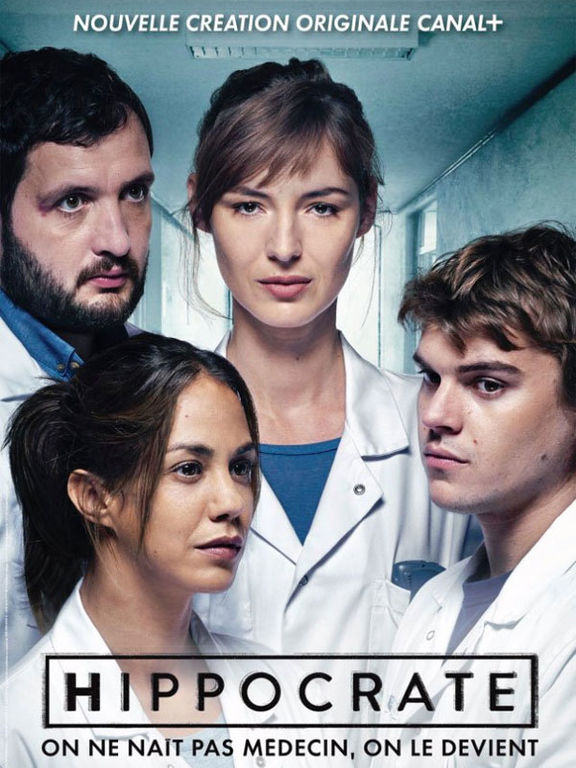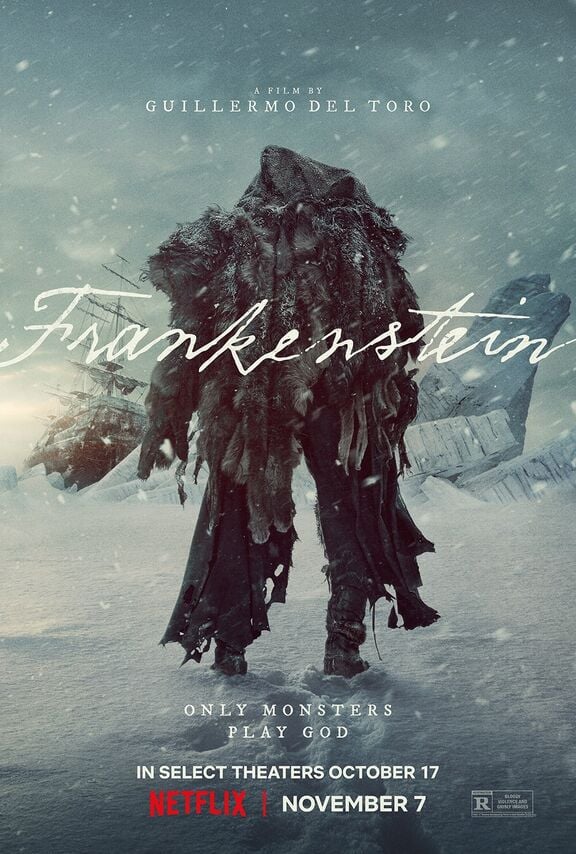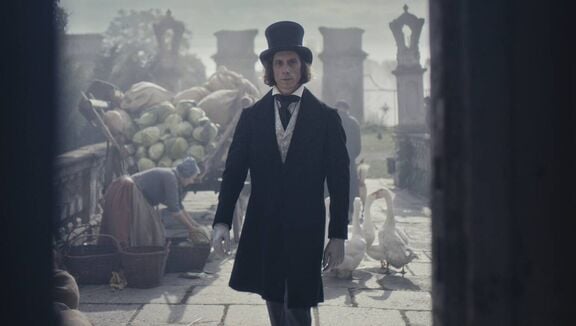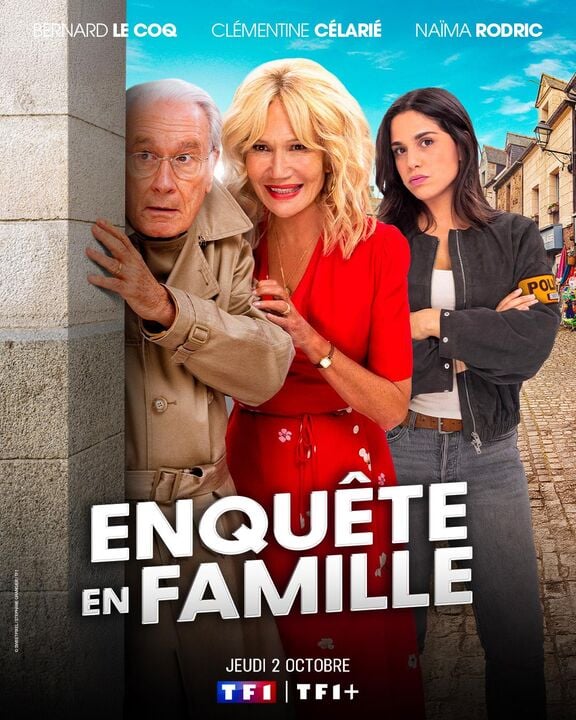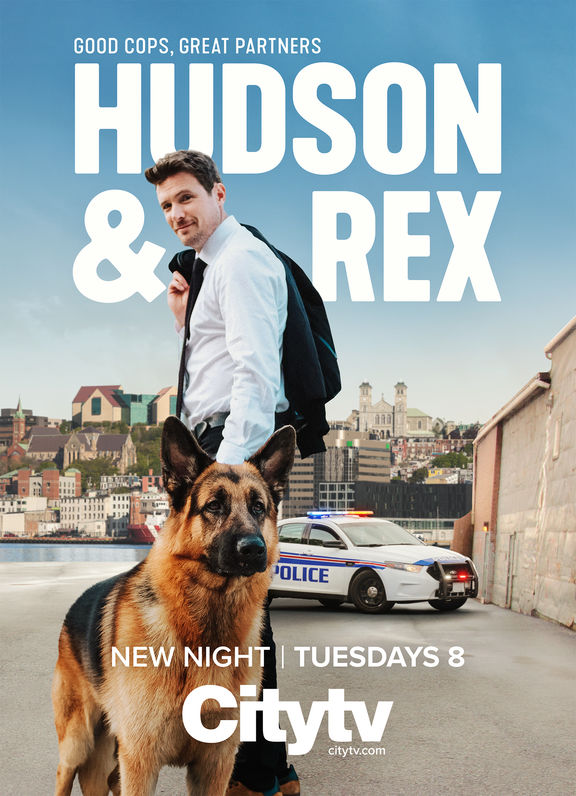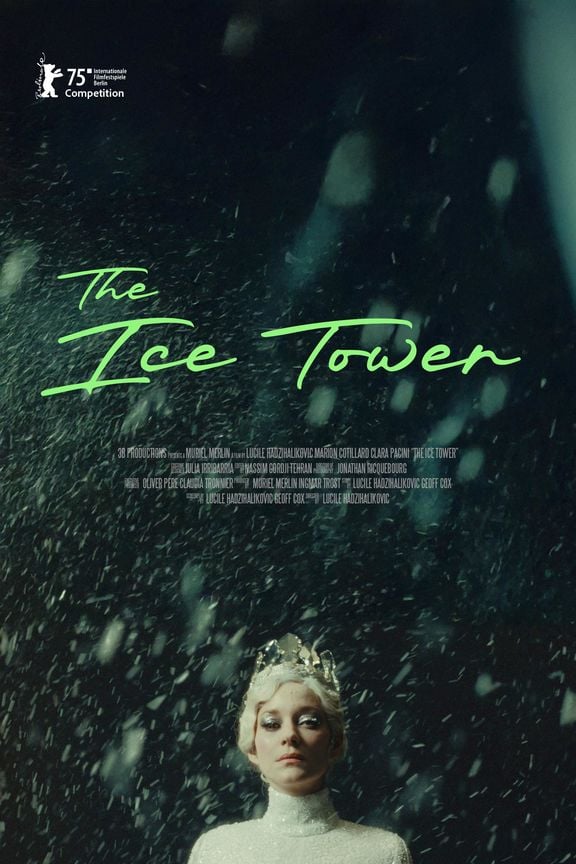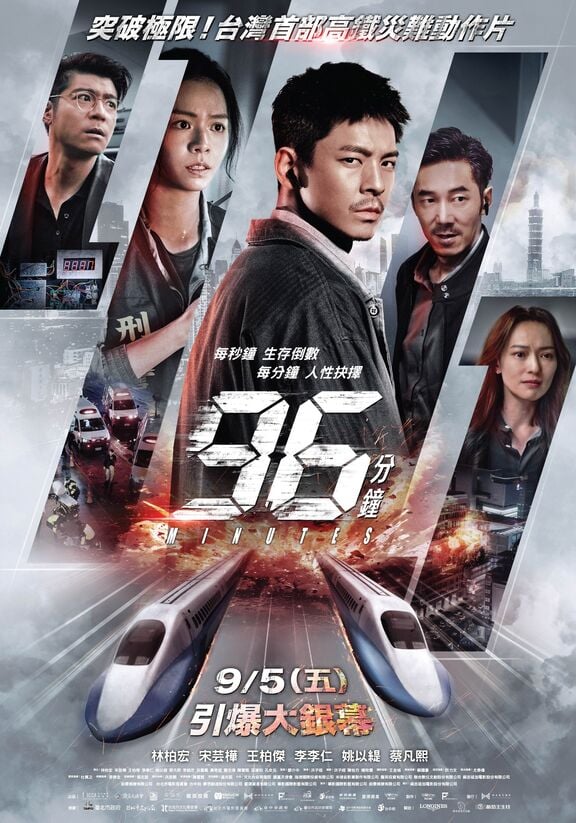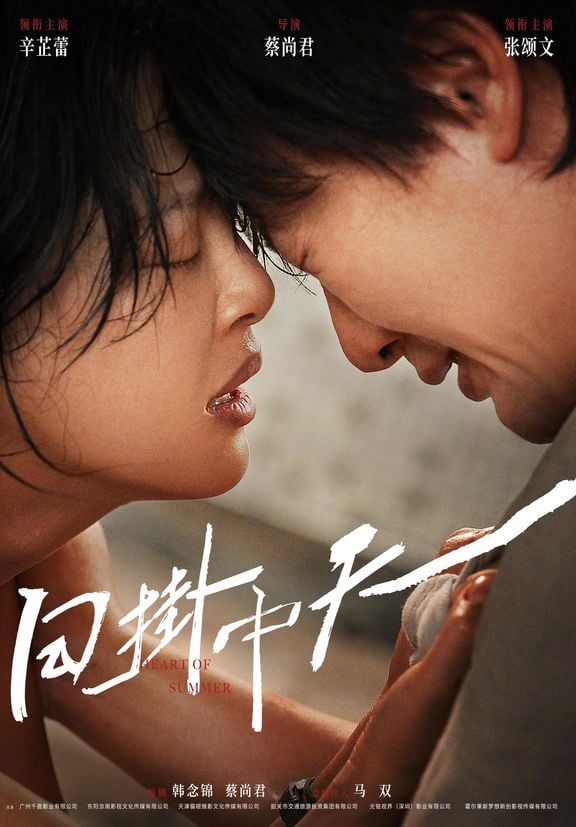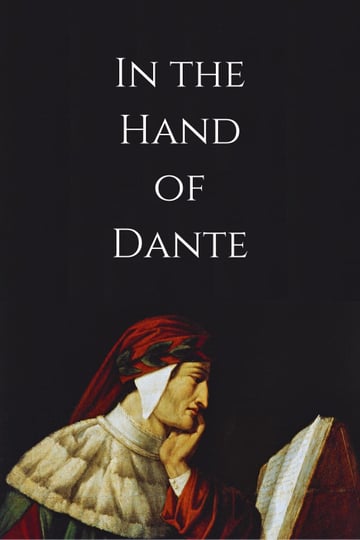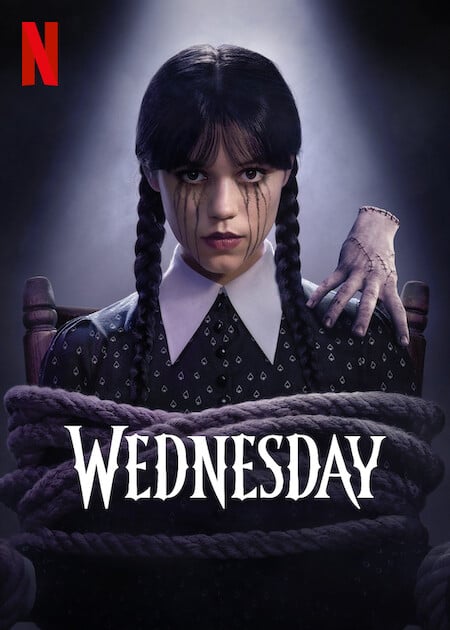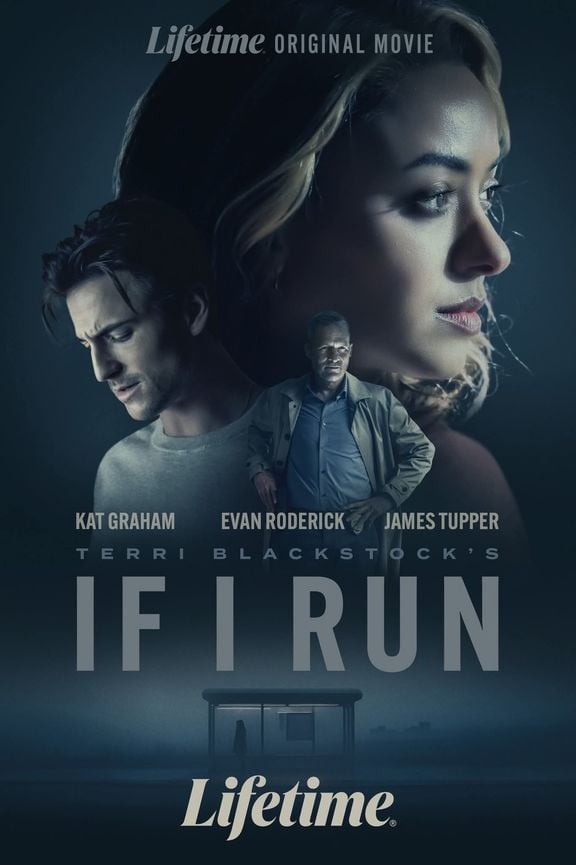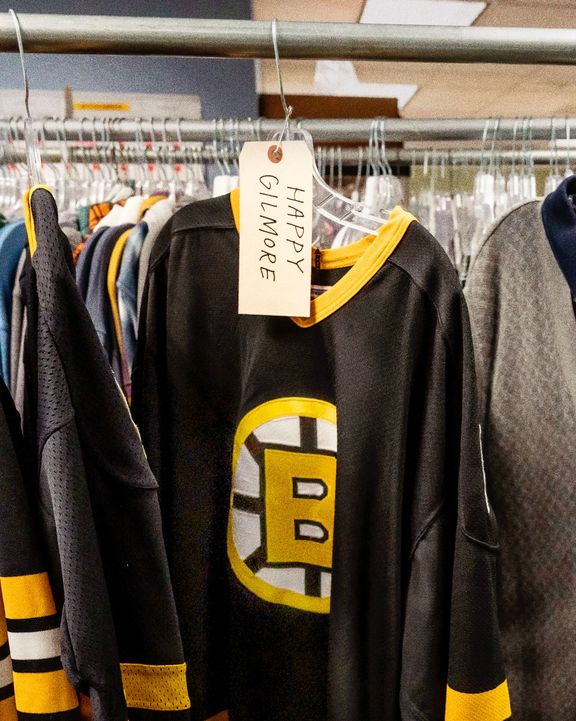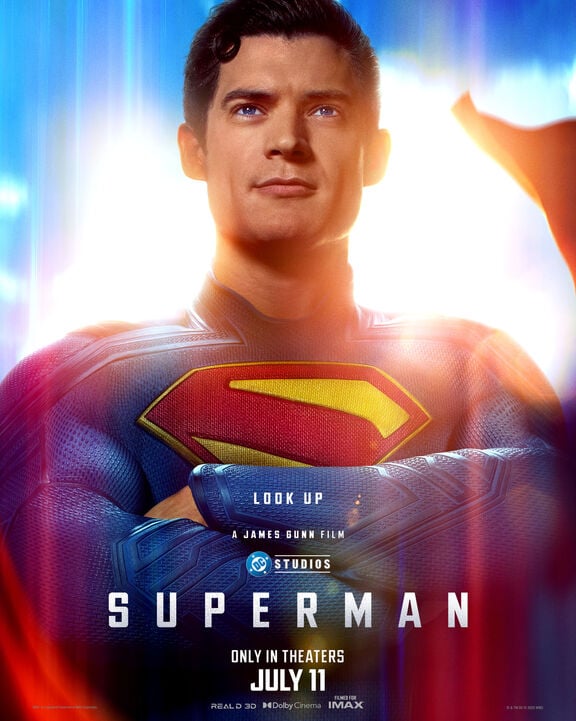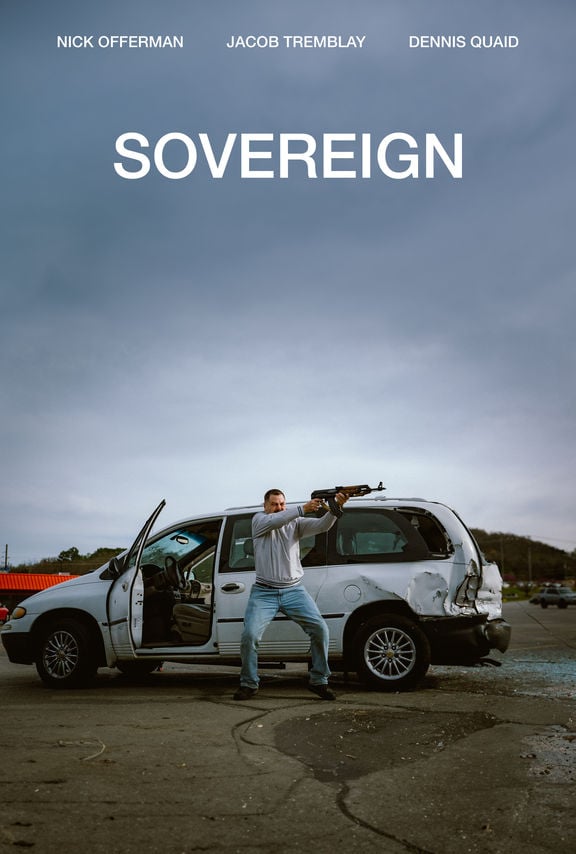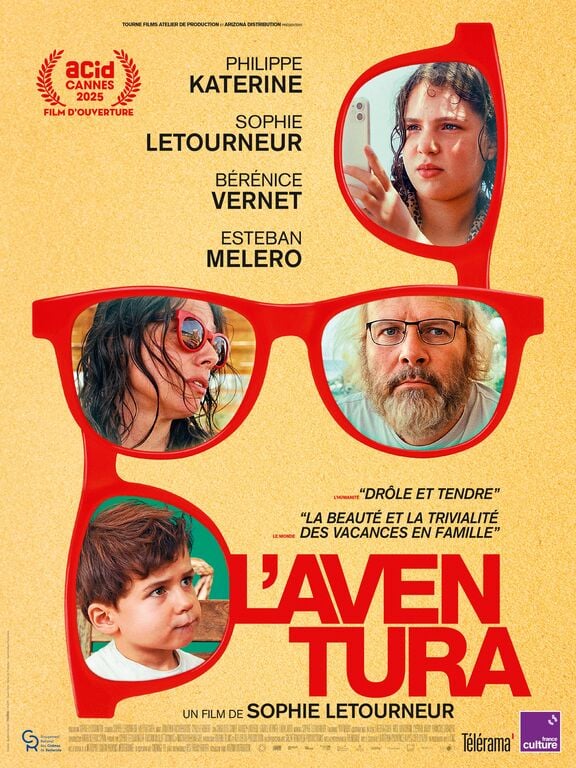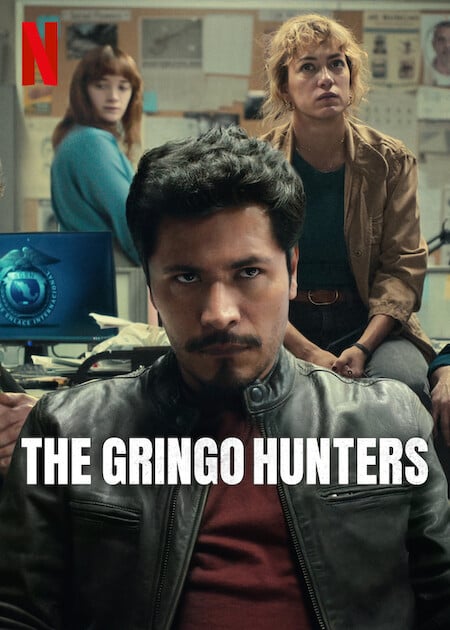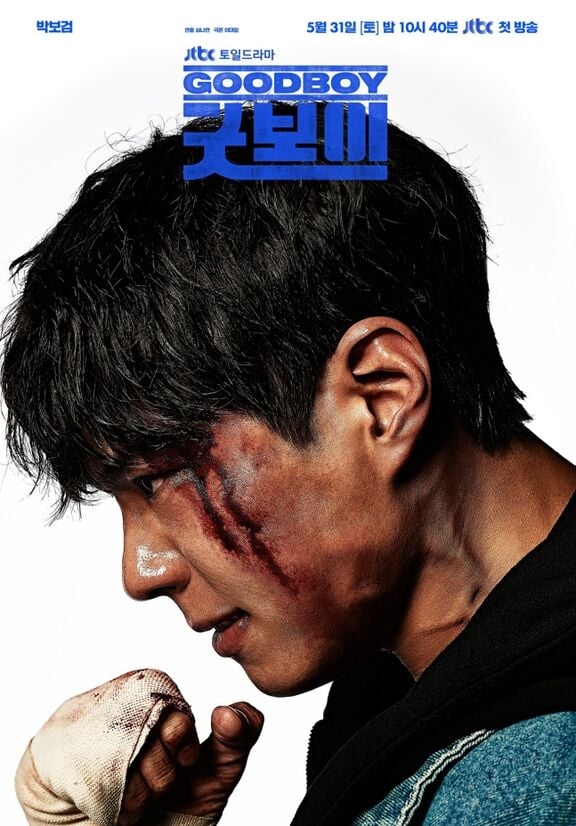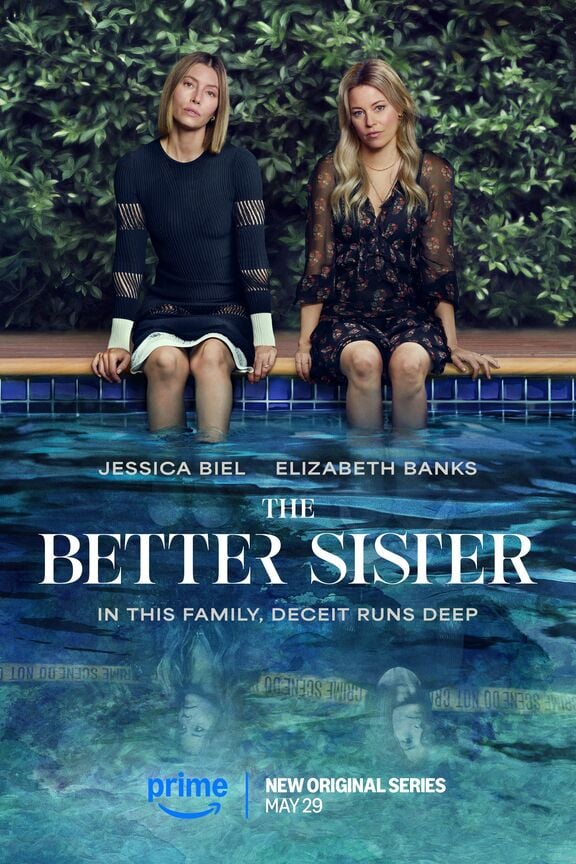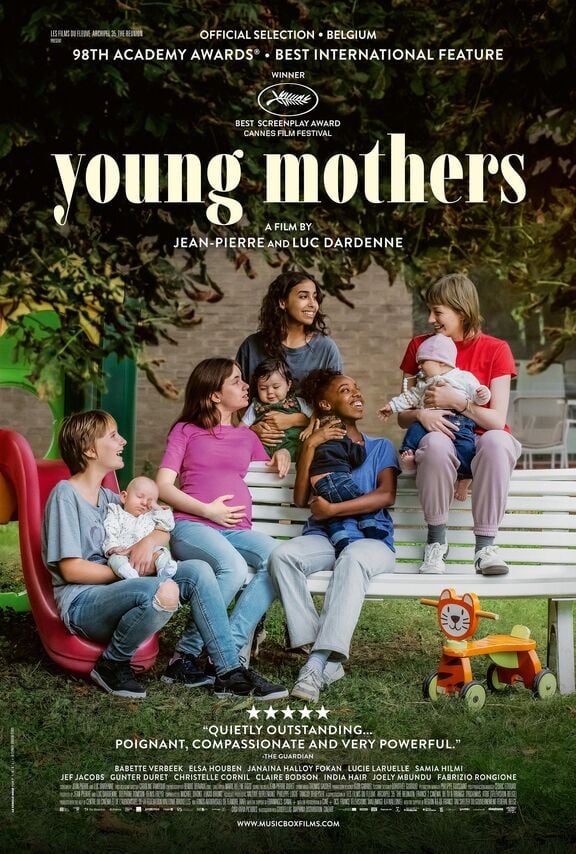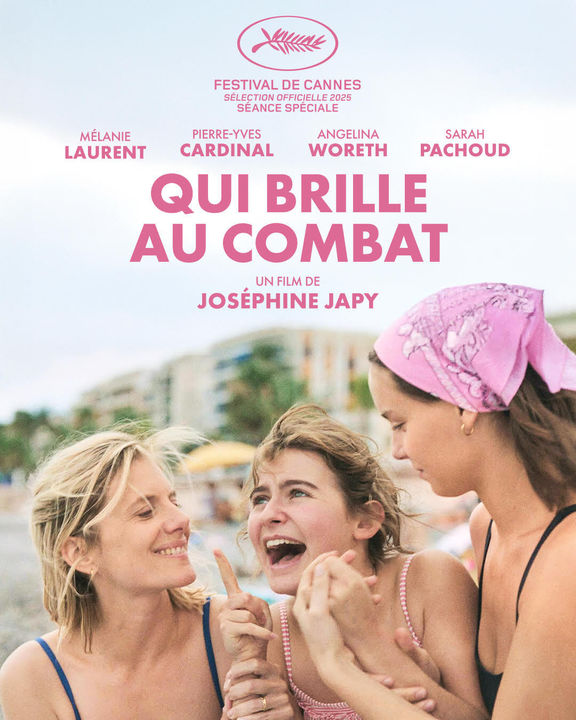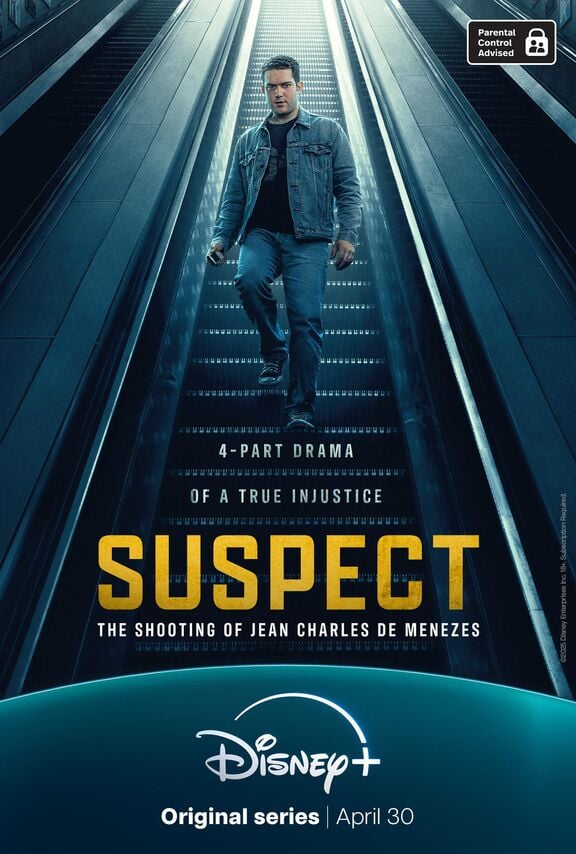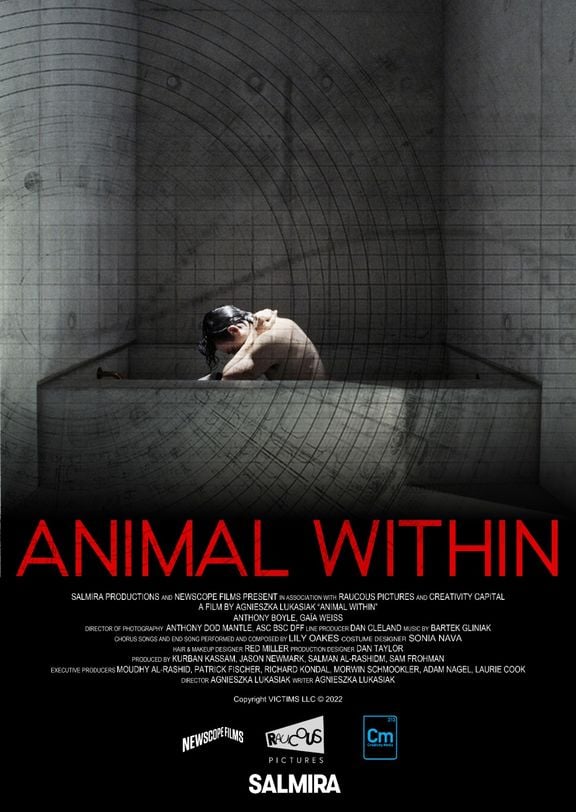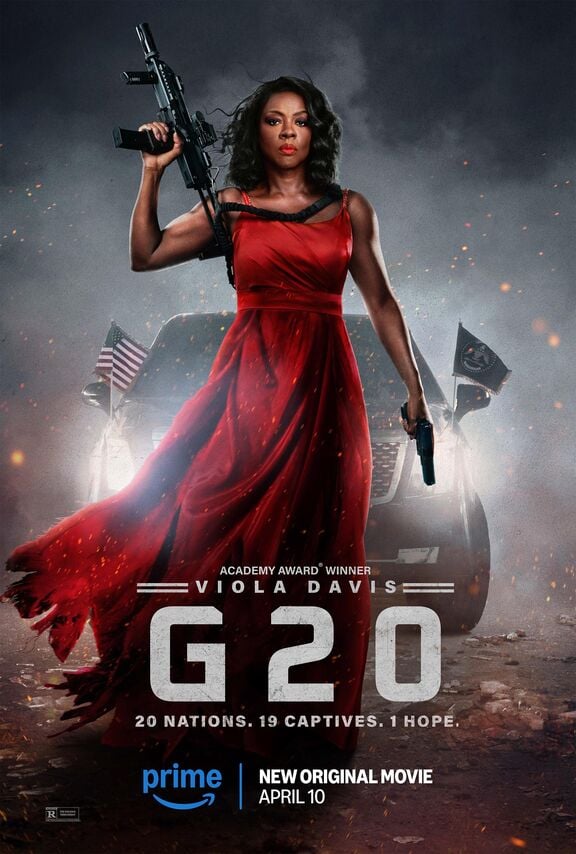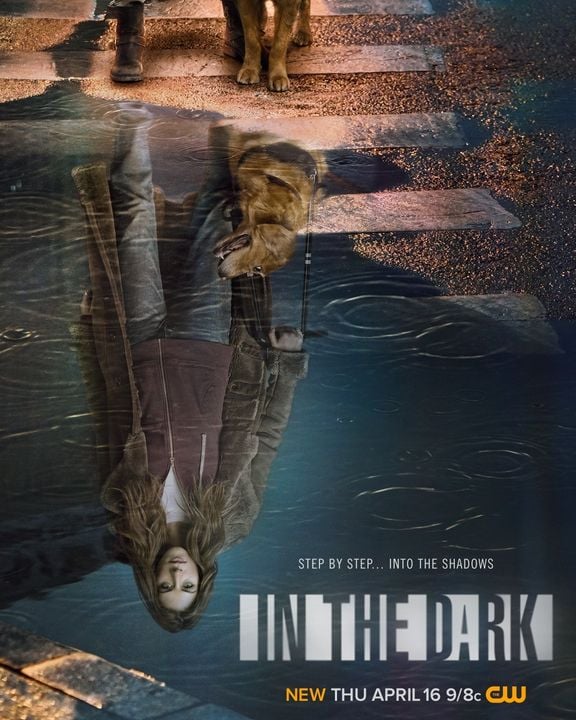
In the Dark
2019 | Series
DoP Bradford Lipson | Jonathon Cliff | Onno Weeda | Brian Burgoyne
Director Ryan McFaul | Steven K. Tsuchida | Ingrid Jungermann | Brian Dannelly | David Grossman | Clara Aranovich | Jeff Chan | Annie Bradley | Dinh Thai | Corinne Kingsbury | Emmanuel Osei-Kuffour | Samir Rehem | Norman Buckley | Patricia Cardoso | Anna Mastro | Kyra Sedgwick | Michael Showalter | Randy Zisk | John Francis Daley | Jonathan Goldstein | Gandja Monteiro | Joey Klein | Morgan Krantz | Natalia Leite | Malakai | Chloe Sarbib
Leitz lens SUMMILUX-C
Camera Sony CineAlta VENICE
Production Companies Red Hour Films | Warner Bros. Television | CBS Television Studios
Distribution The CW Network (The CW)
Equipment Supplier Keslow Camera | Los Angeles
Country USA
“THESE LENSES ARE THE STARTING POINT FOR BUILDING MY IMAGE” WITH BRADFORD LIPSON
Seth Emmons: You have used the Leitz SUMMILUX-C lenses for 8 film and television projects in the last 7 years. What is it about these lenses that keeps you coming back to them?
Bradford Lipson: There are a few characteristics that stand out. Foremost is the cinematic quality of these lenses. I also like the smoothness, contrast, and soft three-dimensional look. This is a great starting point for me to begin crafting a look that I know will be both flattering and dynamic. These lenses capture such a rich, colorful image. Technically, I appreciate the speed and quality and how well they capture an image wide open. I also like the fact that they are compact and all the same size so changing focal lengths is quick and easy, always a factor on a fast-paced TV series.
I tend to light actors with a lot of color contrast and the skin tones always look good. It is a combination of the lighting, the lens, the camera, and any manipulation I’m adding to the image, but through many projects with many different combinations these lenses have consistently delivered beautiful skin tones and a quality that I enjoy.
For the CW series In the Dark, I lit characters with a combination of cool and warm colors. As the story progressed and the characters went down the rabbit hole I used even stronger color contrast, pushing into cyans and urban vapor. Anytime I’m working with color contrast, or melding colors together like warm backlight and cool fill or cool key light, I appreciate the way the Summiluxes look. The colors stay true because of the high-quality optics.
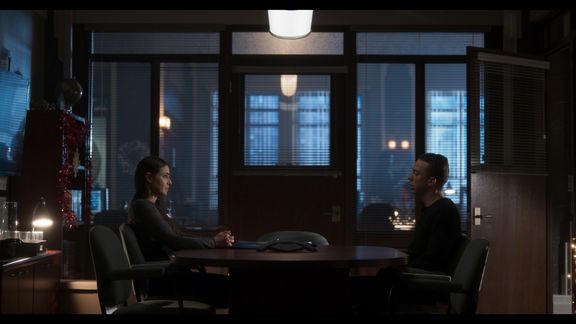
Do you have a trick for keeping an actor looking good when lighting with a cooler key light?
I tend to find that underexposing helps, which goes back to shooting on film. An example might be doing a heavy backlight and wanting to fill a face, but not really a key light per se, just ambient. It’s flattening them out, but it still has a pleasing quality because of the edge or the 3/4 back. If you underexpose then it can look much more dynamic and dramatic than if the face were to be the exposure.
The actors’ skin tones play a role as well. Darker skin tones tend to look better in warmer light, and more porcelain skin tones tend to look washed out when lit cool. In the end I want to do what is best for the story and the character. In today’s world, unless there’s a particular reason why someone has to look good all the time, I think we can stretch and push that. In general, I tend to find that I’m pretty pleased with how everyone looks in varying degrees of color temperatures because the cameras and lenses capture so much detail.
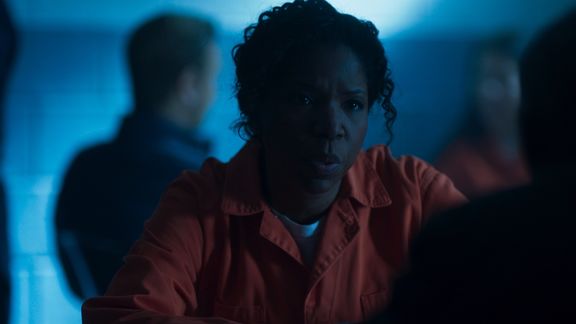
What are some ways that you play with the image and create different looks in camera?
This is where it gets exciting because it’s a stylistic thing. There’s a durable depth of quality to the images from Leitz SUMMILUX-C lenses that allow me a wide range of freedom to distort what I want when I want through composing or lighting or adding modifiers like the Leitz MACROLUX diopters and feel confident about the image.
One thing I loved doing on In the Dark was using wide angle lenses up close. Some cinematographers don’t want to take the risk of having a 16 mm or 18 mm lens that close to an actor’s face, which I get. I found that I could get away with it with the SUMMILUX-C lenses. The lens distortion is so minimal that I could do some really interesting compositions that I believe really heightened the show by bringing the audience inside what the characters were going through. I could push the envelope and have the camera right there with them, short siding them so they’re forced to one side, sometimes with another character in the background. Then I could choose to throw focus or not.
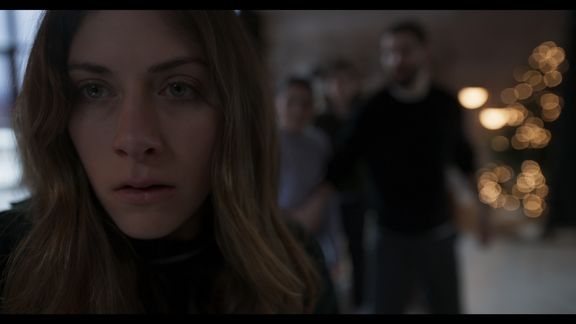
I felt it worked for that show because the characters were going down a road that created more conflict and more problems for them. As they made worse and worse choices, they dug themselves into a bigger hole. Having a wider lens up close pulled the audience right in there with the actors and added more intensity to the scene than a longer lens. Plus, you’re seeing more of what is behind the character. Even if I was going for a shallow depth of field, it created a more interesting visual because you could see emotion so clearly in their eyes, feel the look on their faces, and really experience that energy in a way that heightened everything those characters were going through.
I also liked using the wide lenses to make an insert part of the original composition instead of doing separate insert shots. A common one was having a phone out of focus in the foreground, then it would ring and light up and we would rack to it. I had so much fun creating those kinds of shots on In the Dark, and it only worked because the Summiluxes have such little distortion and can focus so close on the wide angle lenses.
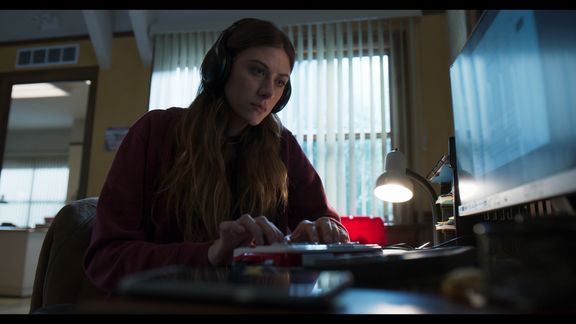
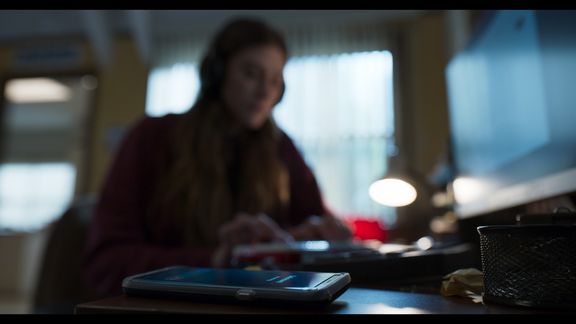
The use of out of focus was a strong part of that show. Can you speak more to that?
Absolutely. On In the Dark this was a visual language that we started on season 1. Since the main character Murphy is blind, we needed a way to tell that story from a blind person’s point of view. Anytime we were on the character of Murphy I always wanted the depth of field to be really shallow. We had very strong rules in season 1 and tried to keep it throughout the three seasons I shot; anytime we were on her we were wide open at T1.4 so that the world around her was falling away. Since she’s blind she often doesn’t know where she is in her world. Then when we flipped around on coverage I would go to a deeper stop so that you would see that difference. It’s subtle but it’s there. I think that’s part of the subtleness and subconscious aspect that a viewer has when they’re watching. It filters through and helps tell the story.
Including the Leitz MACROLUX diopters in the mix added a lot to our visual language of shallow depth of field. I enjoyed using them a lot on the wide-angle lenses, not as a diopter where you would try to focus on something up close, but helping whack the focus out even more while we were on Murphy. We also used them for flashback and flash forward sequences when we wanted to make the moments stand out. Some people will use a different set of lenses in scenarios like this, but by using the MacroLuxes we didn’t have to carry another set of lenses on the show and we could move quickly in and out of these scenes without rerigging the camera because they clamp onto the front of the lens.
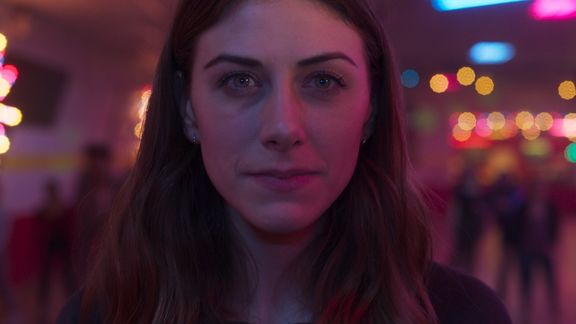
What is your relationship to “happy accidents” on set?
I love happy accidents! They’re part of the learning process that never really ends when you’re a cinematographer. We’re trying to control the image, but there are always things you can’t control or that just come up. A light doesn’t get flagged and causes a flare or falls on the set in some interesting and unintended way. An actor moved differently than originally blocked and interacted with the lighting in an unexpected way. It’s always exciting when you see something like that working and you step back and just say, “I love what this is doing, let’s go with it!” There are moments when something happens and it’s cool but doesn’t fit with the scene, so you bookmark it for later, but more often than not I’m all about embracing whatever helps tell the story.
Lens used
SUMMILUX-C
Performance
Fast, compact, reliable, beautiful in color and excellent in contrast.
